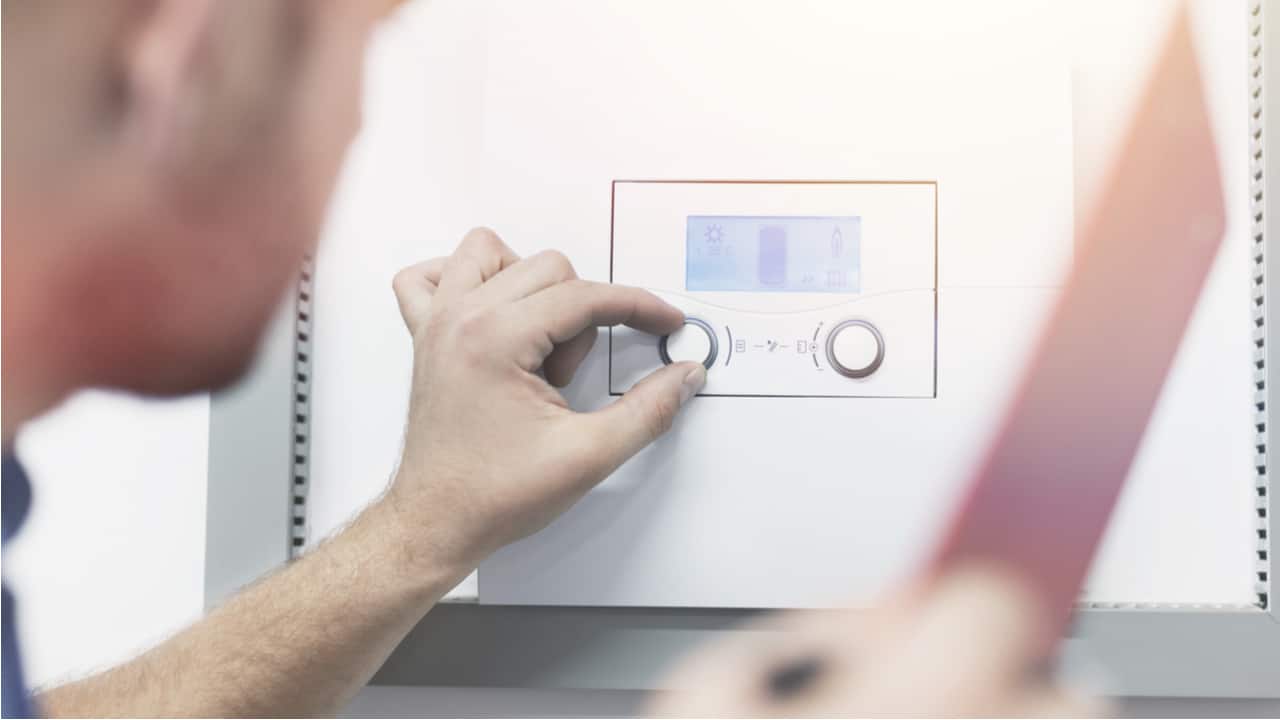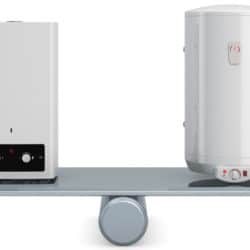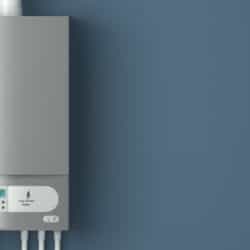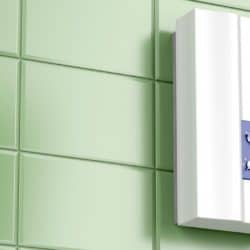Once autumn hits and the temperatures start to go down, a lot of people don’t really want to think about the type of heating system they have. All they want to do is to set the thermostat and enjoy the comfy, warm indoor temperature without any hassle.
If you’re completely confused when it comes to heating systems, you shouldn’t worry – you’re definitely not the only such person.
Believe it or not, a vast majority of homeowners don’t actually know what’s the difference between appliances such as furnaces, hot water heaters, and boilers, and even more, people don’t know how these devices operate.
As it turns out, the difference between a furnace and a water heater is the easiest one to tell. The latter doesn’t provide heat, only hot water. On the other hand, Furnaces heat the air and then transfer that heated air to the rooms of your house.
The thing that actually confuses most folks in this regard is the existence of appliances called boilers – these devices heat your home by using hot water (read my post on how to service an oil home heating boiler and my post on different types of boilers).
Let’s take a look at the definition of all these appliances and clear up the confusion:
Contents
What’s a Water Heater?
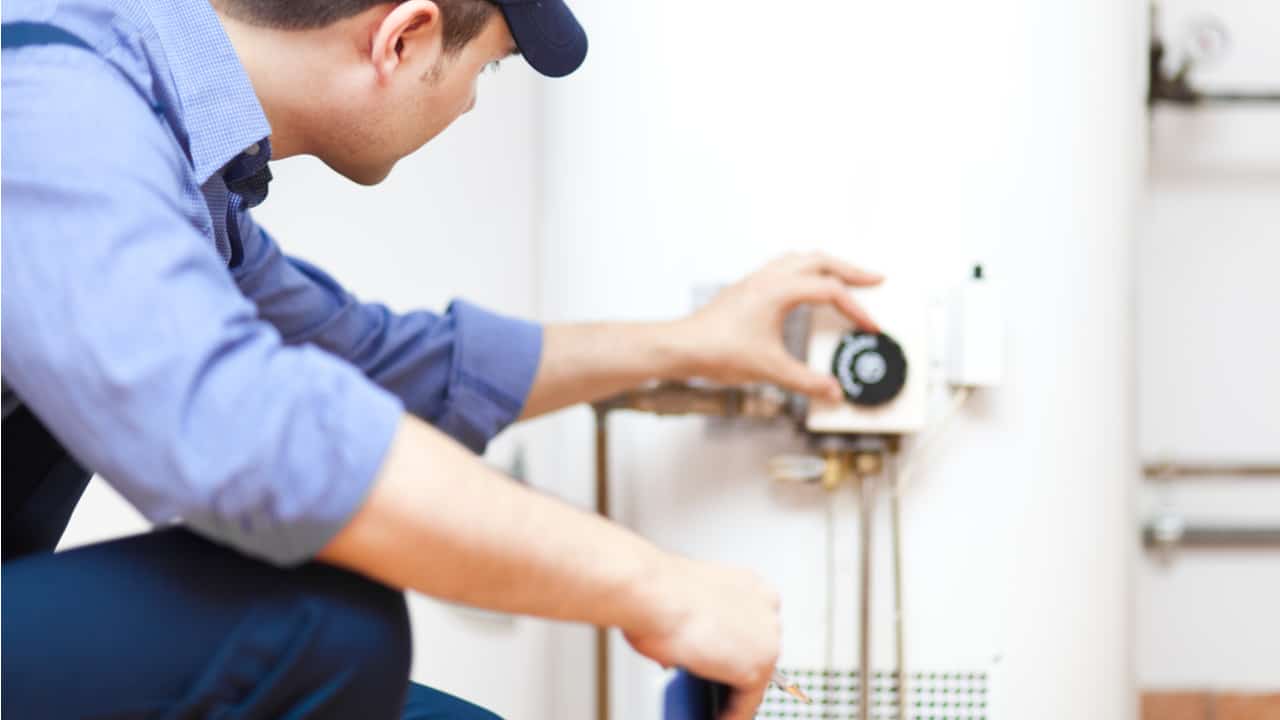
As water enters the water heater’s tank, it gets heated by a heat exchanger. The thing that will heat the aforementioned cold water is the gas burner, in the case of a propane or natural gas water heater. Electric hot water heaters, on the other hand, are equipped with a special heating element called a heat exchanger that transfers energy to the water and heats it.
As its temperature rises, the water itself rises too, reaching the tank’s top. Afterward, heated water is dispensed from the tank’s top. These kinds of water heaters, the ones that are equipped with tanks, heat water continuously so that the homeowners can use it whenever they want.
But there are also tankless water heaters, and these are capable of providing hot water on demand. Instead of letting it sit in the tank, such an appliance heats water momentarily when you need it. Be sure to check out my post on Gas or Electric Tankless water heaters.
So, in summary, the purpose of these devices is to supply one’s plumbing system with hot water – your faucets, showers, dishwashers, washing machines, and other similar appliances. A hot water heater cannot heat your house – that is something done by furnaces and boilers. Most modern homes use a tankless water heater. This means you are never paying to heat water and not use it.
It’s also important to note that, no matter what kind of water heater you have, it shouldn’t be making strange noises. If that’s the case with your hot water heater, it’s something you should fix sooner rather than later. If the water heater light keeps going out, make sure to have it checked.
What’s a Furnace?
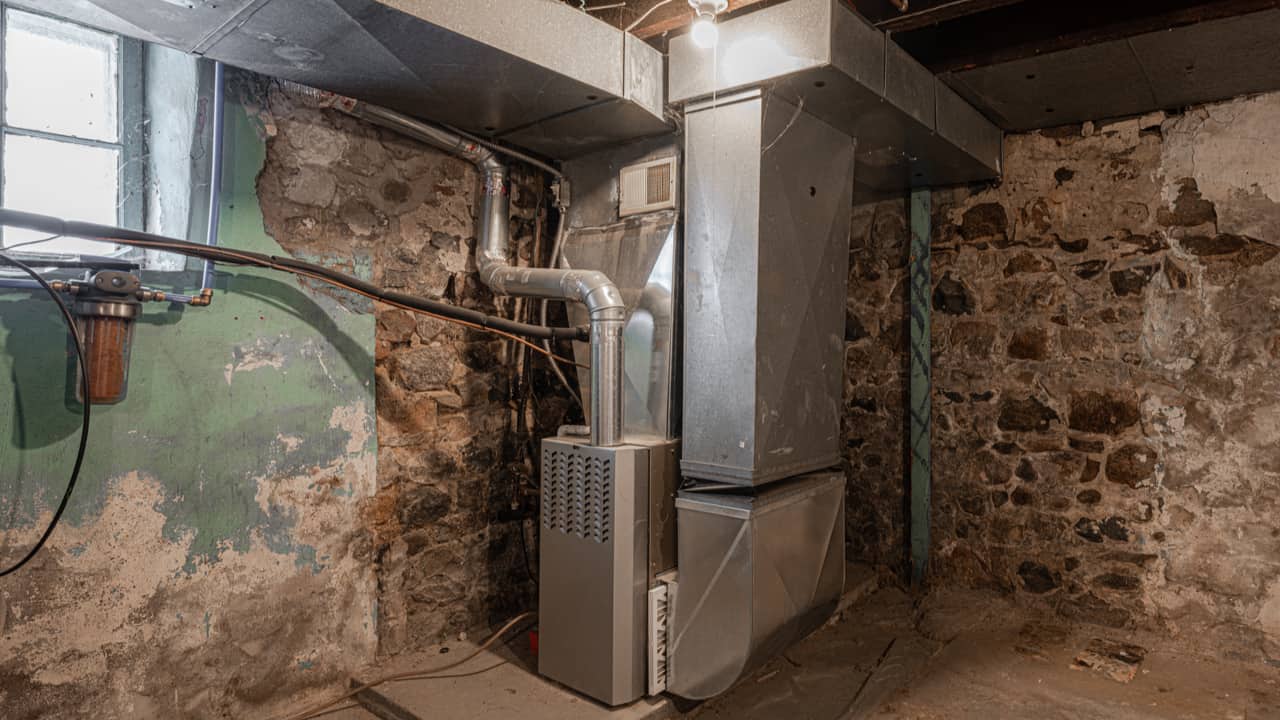
Getting their name after “fornax”, a Greek word for an oven, furnaces first appeared in clay or stone forms and were fueled by wood or coal in order to create heat. As you probably already know, the first furnaces were used mainly for smelting ore (to make metal tools and other objects) as well as for all kinds of ceramic work.
However, furnaces are still widely used in industrial metal production. These appliances are, to put it simply, cages for intense fires that are capable of melting stone (!). Another thing I have to point out here is that sometimes, furnaces look like they were built to scare kids – remember that scene from Home Alone?
With its heavily concentrated combustion in a box, the furnace eventually found its place into people’s homes. After all, using a furnace is definitely a more effective way to heat your house than to just stuff an open fire underneath your flooring.
Also, modern appliances of this type usually use gas, electricity, or induction (this would be a reaction of metal and electricity that results in intense heat). Contemporary furnaces are, without a doubt, much safer and contained when compared to older models. I think it’s pretty safe to say that they are at the core of most present-day central heating units.
They are capable of creating huge amounts of heat, which is then transferred into a building’s ventilation system and, through it, to the rooms of that same building. Smaller furnaces, which typically use electricity as the source of power, are sometimes attached to water heaters and boilers.
If you have a furnace, check out my post on the best different types of firewood. You might want to check out my Air Handler or Furnace comparison as well.
Boiler – The Great Confuser
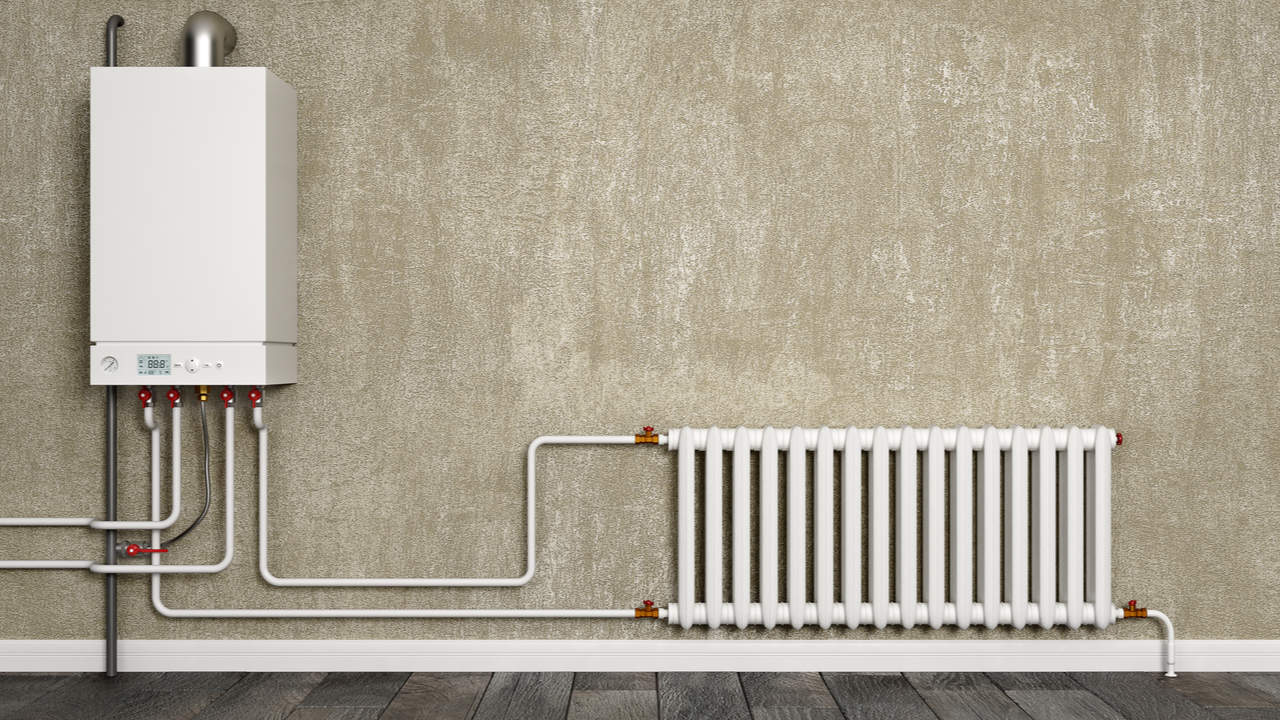
As I’ve already said, the thing that makes most people incapable of telling the difference between water heaters and furnaces is the existence of the third appliance – the boiler. This is because boilers use water (like water heaters) to provide the heat (like furnaces).
So it’s no wonder that the people who’ve heard about all three devices sometimes don’t really know what makes them different from one another.
The purpose of a boiler is to turn water into steam, which is, as you already know, lighter than water but denser than air. And since water can be difficult to move and the air isn’t really that good at holding heat, steam seems like the most logical choice for transferring heat to places that need it.
In most cases, a small heating device (like a small furnace) is attached to a boiler so that it can turn water into steam. And just like furnaces, these appliances are also used outside residential buildings.
Boilers date all the way back to the 18th century – they’re a result of experiments conducted by the early steam pioneers. They were (and still are, in a way) used for machine power and transportation. Steam manufacturing machines, boats, and, of course, locomotives all ran off the use of boilers.
Fueled by coal or wood, these contraptions produced steam, which was then fed through a number of tubes and pistons to create force, making assembly lines move, tools hammer, and wheels turn.
Once electricity was discovered, steam-generated electricity made by boilers became a regular source of electrical power. In fact, even today a lot of plants use steam generators and boilers together with nuclear fission, natural gas, and coal to provide energy for thousands of different devices, including the one you’re reading this article on.
When it comes to home use, on the other hand, boilers can act as a sort of go-between with one’s heating system and a furnace. Typically, a compact electrical or gas furnace is affixed to a boiler so that it can heat the water inside of it. And once this water starts to boil, the boiler distributes it through the central heating system via ducts and pipes.
This is, of course, a completely closed system, i.e the one in which hot water travels from one place to another before it returns back inside the boiler. And once it’s back inside the boiler, it is reheated and sent to circulate through the ducts and pipes once again.
And that’s precisely what makes these appliances similar to furnaces – they also heat homes, but with water instead of air. Water heaters, on the other hand, only heat water that is delivered to a home’s plumbing system.
To help solve this confusion, I’ve also written a Boiler or Water Heater comparison. And, if you want to have an even better understanding of your HVAC system, read my Air Conditioner or Heat Pump comparison as well.
Furnace vs Water Heater – The Conclusion
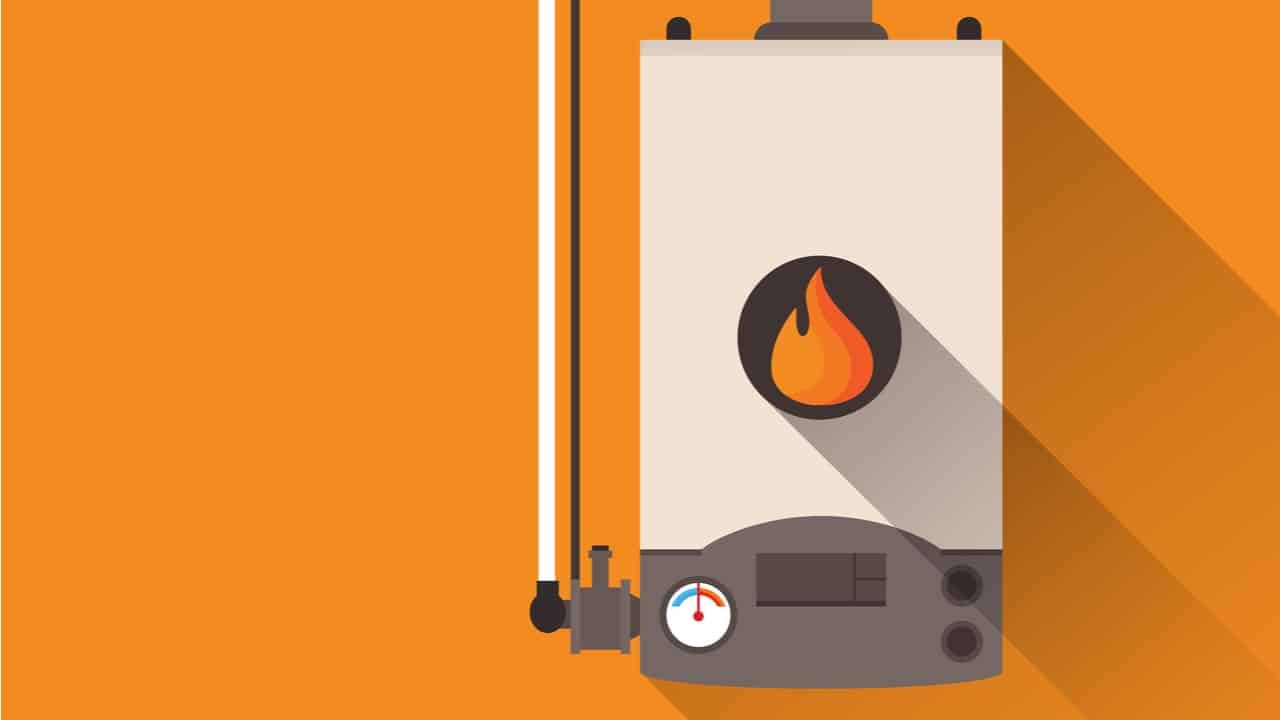
So, there you have it – the difference between furnaces and water heaters is actually quite big. Furnaces bring warmth to the rooms of our homes by heating air and then forcing that same heated air to run through the ducts that make up the central heating system.
Water heaters, on the other hand, provide hot water that we use in our sinks, showers, dishwashers, washing machines, and other appliances. In other words, they do not heat our homes by using hot water – that’s something that boilers do. And that’s also the main reason why people often confuse all of these devices with one another.
